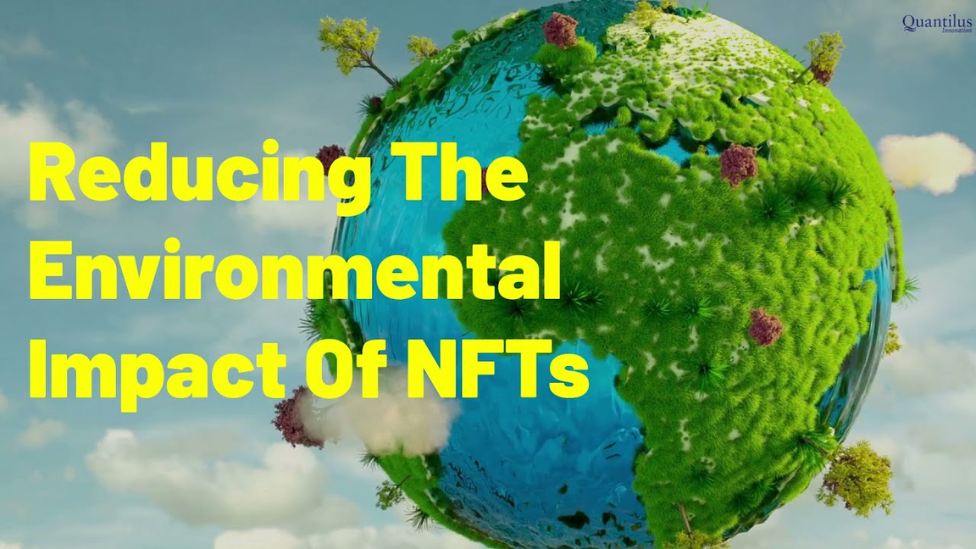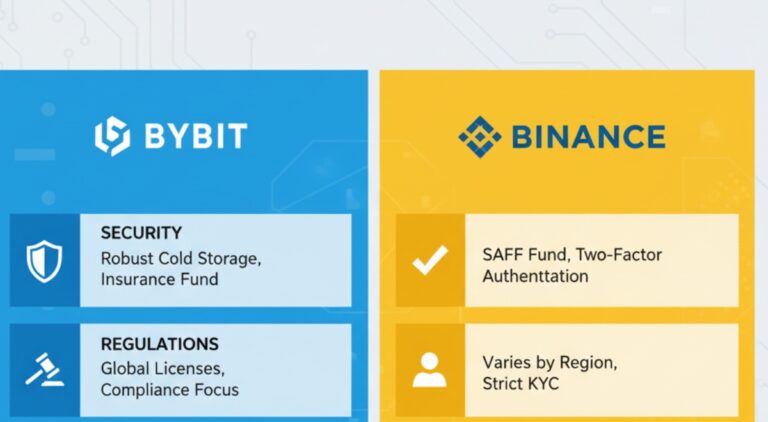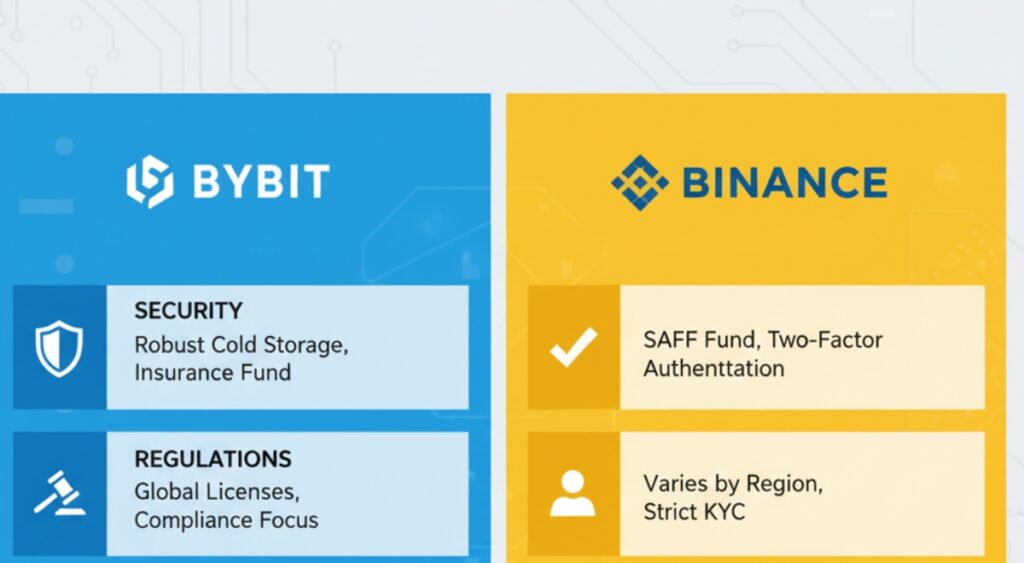As NFTs continue to revolutionize how we perceive and value digital assets, an important conversation emerges that delves into the environmental implications of this digital revolution. Join us on a thought-provoking journey as we explore the captivating relationship between environmental concerns and NFTs, and unravel the unique impact and challenges faced by the Middle East. From sustainable practices to preserving delicate ecosystems, let’s delve into the harmonious coexistence of digital innovation and environmental stewardship in this ever-evolving era.
ENVIRONMENTAL IMPACT OF NFTS
The rise of NFTs has brought concerns regarding their environmental footprint to the forefront. One key environmental concern of NFTs is the energy consumption required for their creation and transaction verification. NFTs are typically built on blockchain networks, such as Ethereum, that rely on energy-intensive processes like mining and proof-of-work consensus algorithms.
According to a report by Digiconomist, the energy consumption of the Ethereum network reached an estimated 21.6 terawatt-hours (TWh) in 2021, equivalent to the annual energy usage of some countries. This energy demand contributes to carbon emissions, impacting the environment.
Furthermore, the high demand for NFTs has led to a surge in transaction volumes and subsequently increased the strain on blockchain networks. As a result, the scalability limitations of existing blockchains have led to congestion and inefficiencies, exacerbating the environmental impact.
To address these concerns, efforts are underway to explore more energy-efficient blockchain alternatives. For instance, some platforms are adopting proof-of-stake consensus algorithms instead of energy-intensive proof-of-work. These alternatives aim to reduce energy consumption and mitigate the environmental impact associated with NFTs.
Sustainable Practices in NFTs and the Middle East
One significant challenge is the energy source used for blockchain networks supporting NFTs. In the Middle East, where renewable energy sources like solar and wind are abundant, adopting clean energy to power blockchain networks could potentially reduce the carbon footprint associated with NFTs. Governments and organizations in the region can incentivize sustainable practices by encouraging using renewable energy for blockchain infrastructure.
Another aspect to consider is the preservation of the Middle East’s delicate ecosystems. The region is home to diverse landscapes, including deserts, coastal areas, and marine ecosystems. NFT marketplaces can promote environmental awareness by partnering with conservation initiatives and ensuring that proceeds from environmentally-themed NFT collections are directed toward environmental protection and restoration projects.
By implementing sustainable practices, leveraging renewable energy sources, and supporting environmental initiatives, the Middle East can navigate the intersection of NFTs and environmental concerns, setting a precedent for a responsible and environmentally-conscious digital ecosystem.
CONCLUSION
In conclusion, the rising popularity of NFTs has brought to light the environmental concerns associated with their widespread adoption. The energy consumption and carbon footprint of blockchain networks supporting NFTs have become focal points in the sustainability discourse.
















